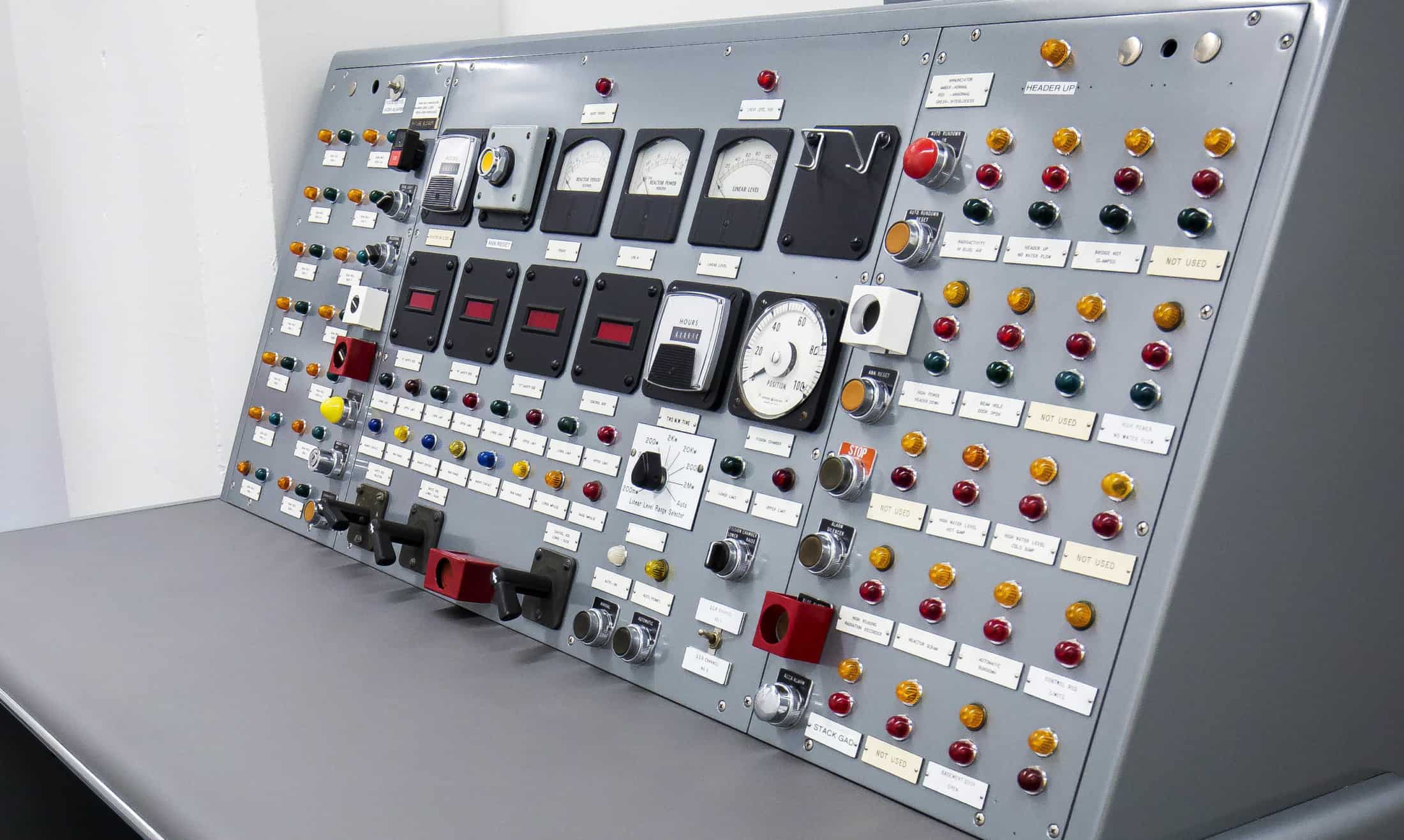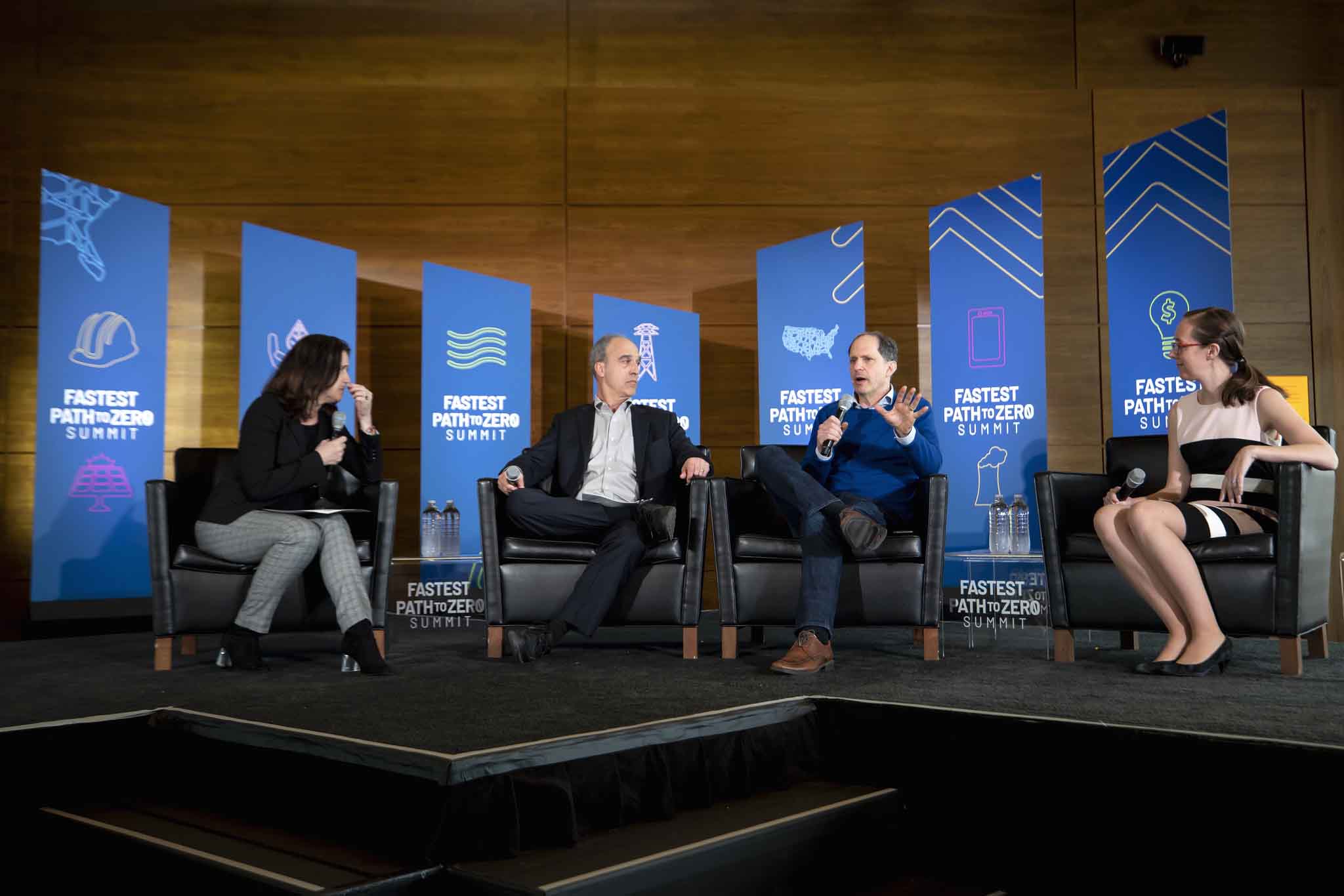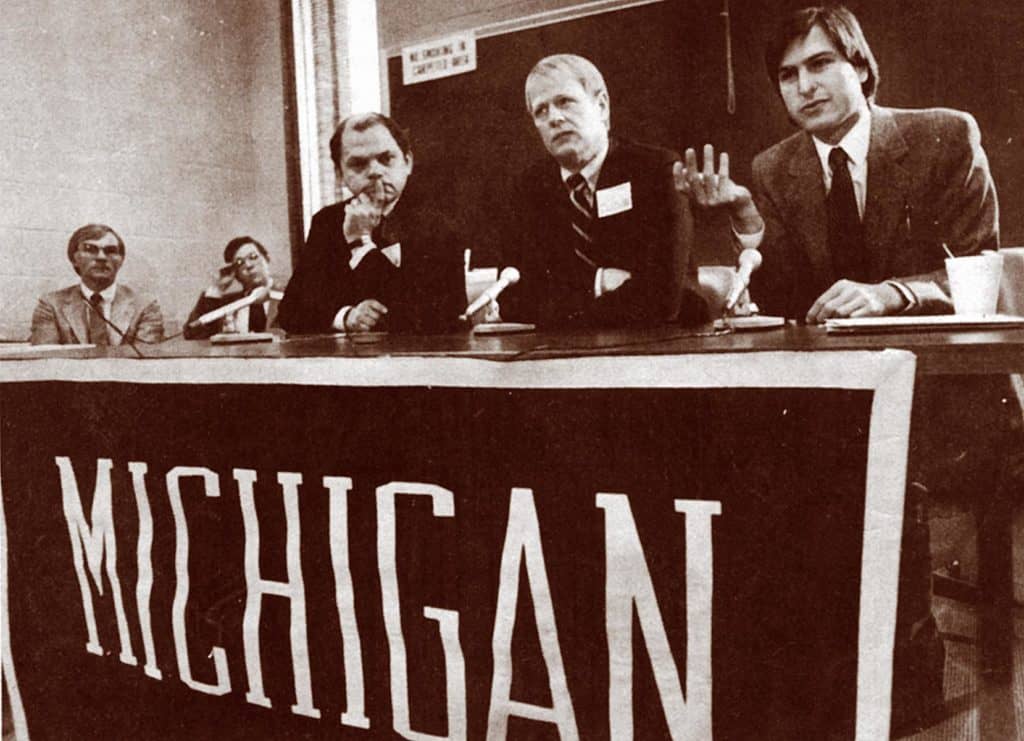
History
We are the original Nuclear Engineering Degree Program.
The Department of Nuclear Engineering and Radiological Sciences at the University of Michigan is the oldest degree program and the second oldest department of its type in the country.
In the late 1940s, the Department of Aeronautical Engineering organized a graduate program for Air Force officers who came to U-M for training. One of the courses offered began with introductory material in neutron-nuclear physics and included some material on reactor physics, such as diffusion theory and elementary criticality calculations. The course was held on a classified basis.
In the early 1950s, when the material became available on an unclassified basis, it was decided to offer the course college-wide. Developing interest in nuclear energy led to the introduction of several additional courses including Radiation Measurements, taught in Electrical Engineering, a Radiation with Matter, also taught in Electrical Engineering, and Industrial Applications of Radiation, taught in Chemical Engineering.
Interest in the area grew to the point that an interdepartmental committee was appointed by the Dean of Engineering in 1952 to administer a graduate program in Nuclear Engineering. It was decided in the early 1950s to construct a research reactor, as part of the Michigan Memorial Phoenix Project (MMPP) established as a World War II memorial in 1948. The existence of a program with the responsibility for developing peaceful uses of nuclear energy at U-M attracted additional attention and a significant number of graduate students to the Nuclear Engineering program. The Ford Nuclear Reactor (FNR), built with a $1 million grant from the Ford Motor Company, reached initial criticality in 1957 and was the third university campus reactor constructed in the United States.
The first Master’s degree in Nuclear Engineering was awarded in 1954. The first three PhD degrees were awarded at the spring commencement in 1958. By 1958, about 110 graduate students were enrolled and about eight faculty members were associated with the program on at least a part-time basis: Henry Gomberg, William Kerr, John King, Paul Zweifel, Edward Martin, Richard Osborn, Lloyd Brownell, and George West.
The first student chapter of the American Nuclear Society was organized at the University of Michigan and was officially chartered in December 1955. The Department initially offered only a graduate program, with degrees at the Master’s, professional, and doctoral levels. It was a national leader in the establishment of PhD programs in Nuclear Engineering and in Nuclear Science. In 1959, a tradition of long-standing was begun by the administration of a “preliminary” examination for the incoming class of doctoral candidates.
Chairs
Henry Gomberg
(1958–1961)
William Kerr
(1961–1974)
John King
(1974–1979)
Glenn Knoll
(1979–1990)
William Martin
(1990–1994)
Gary Was
(1994–1999)
John Lee
(1999–2004)
William Martin
(2004–2010)
Ronald Gilgenbach
(2010–2018)
Todd Allen
(2018–present)
In early 1958 the Engineering College and the University administration approved the formation of a Department of Nuclear Engineering, and it came into being officially on July 1, 1958. Henry Gomberg was appointed the inaugural Department Chairman.
In the Fall of 1965, the undergraduate program in Nuclear Engineering was established. The first B.S. degrees were awarded two years later. A second undergraduate program, in Engineering Physics, formerly Science Engineering, was reinstituted in 1980 under the auspices of the Department of Nuclear Engineering.
In the 1980s, teaching and research programs of the Department began to diversify significantly outside the traditional nuclear engineering areas, including plasma physics, materials science, radiation measurements, radiological health, and medical physics. In recognition of the program diversification, the Departmental name was changed in 1995 to the Department of Nuclear Engineering and Radiological Sciences.
Throughout its history, the Department has been housed on North Campus, close to the MMPP and the FNR. Initially, the Departmental office was located in the Automotive Laboratory, with faculty offices and laboratories also housed in the MMPP and the Fluids Laboratory (now G. G. Brown Laboratory). A major relocation took place in 1978 with the move of the Departmental office and most faculty offices to the Cooley Building. At the same time, major laboratories not located in the MMPP were transferred to the large shielded bays that formerly housed the Physics Department cyclotrons.
The Departmental research laboratories in the former cyclotron bays evolved into the Michigan Ion Beam Laboratory and the Plasma, Pulsed Power and Microwave Laboratory, occupying a large part of the Naval Architecture and Marine Engineering (NAME) Building. The Neutron Science Laboratory, featuring a D-T neutron generator with associated shielding facilities, was added in the early 2000s to the Departmental facilities in the NAME Building.
As a major University-wide facility, the FNR operated successfully between 1957 and 2003, when it was shut down for decommissioning. At that time, the MMPP was transferred to the Energy Institute. The building that housed the FNR was renovated and reopened as the Nuclear Engineering Laboratory (NEL) in 2017. The new equipment in the new lab included a high-resolution system for imaging coolant flow in reactors in unprecedented detail and an accelerator to aid in the development of faster, more accurate ways to identify nuclear materials. In 2021, the Energy Institute was disbanded and NERS regained proprietorship. The department is planning a rededication of the memorial in 2022.
In April 2019, the department launched the Fastest Path to Zero Initiative, with the mission of identifying, innovating, and pursuing the fastest path to zero emissions by optimizing clean energy deployment through energy innovation, interdisciplinary analysis, and evidence-driven approaches to community engagement.

Ford Nuclear Reactor criticality reached

Department of Nuclear Engineering established

Undergraduate program in Nuclear Engineering established

Departmental and faculty offices move to Cooley Building

Plasma, Pulsed Power, and Microwave Laboratory established
(Originally called the Intense Energy Beam Interaction Laboratory)

Michigan Ion Beam Laboratory established

Name changed to Department of Nuclear Engineering and Radiological Sciences

Ford Nuclear Reactor shut down for decommissioning

Nuclear Engineering Laboratory established

Fastest Path to Zero Initiative established

NERS regained proprietorship of the Michigan Memorial Phoenix Project

ZEUS, the highest peak power laser in the U.S., began operation
Learn More
Read the detailed department history as written by James Duderstadt, U-M President Emeritus and University Professor of Science and Engineering, former Dean of Engineering, and Director of the U-M Millennium Project.
